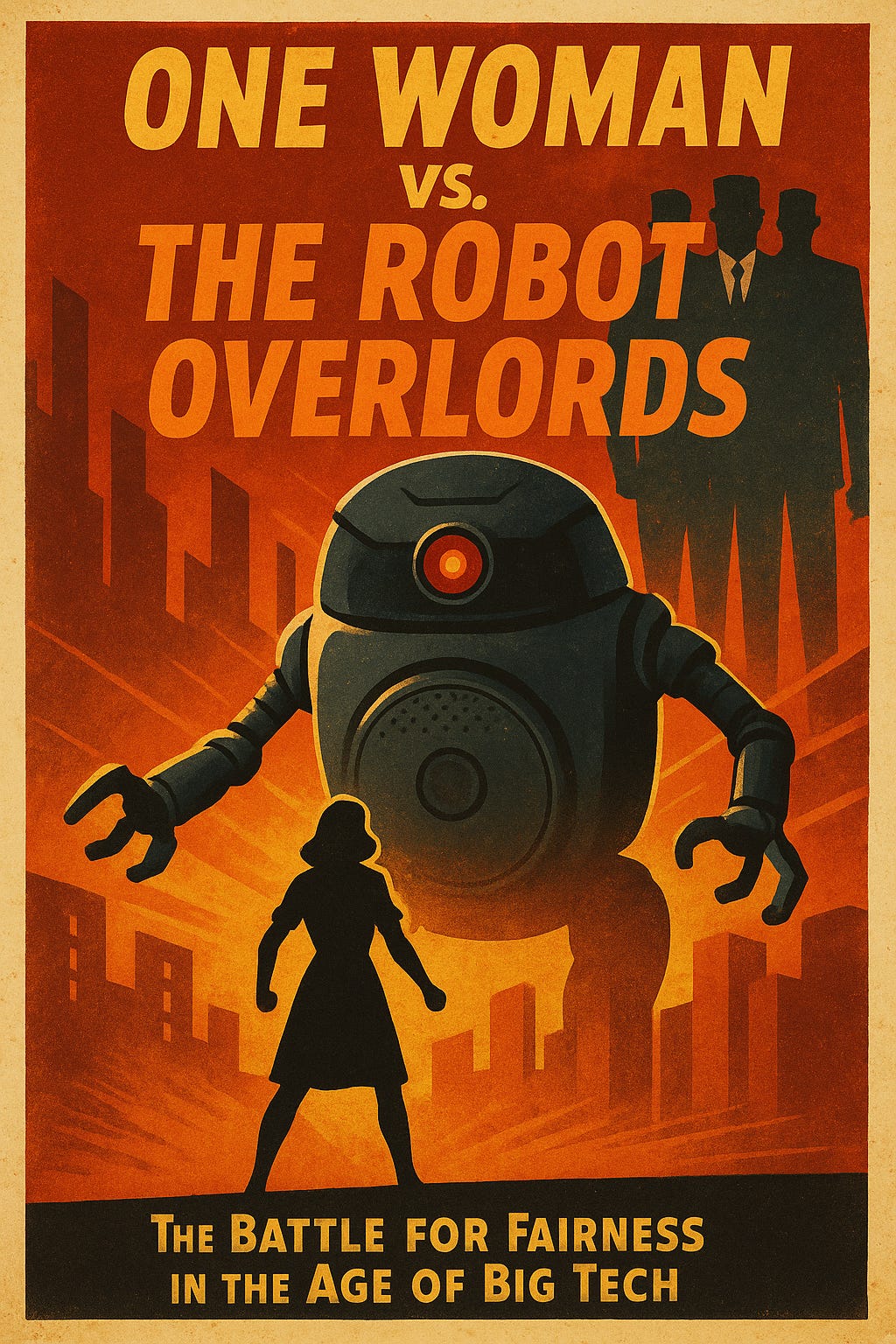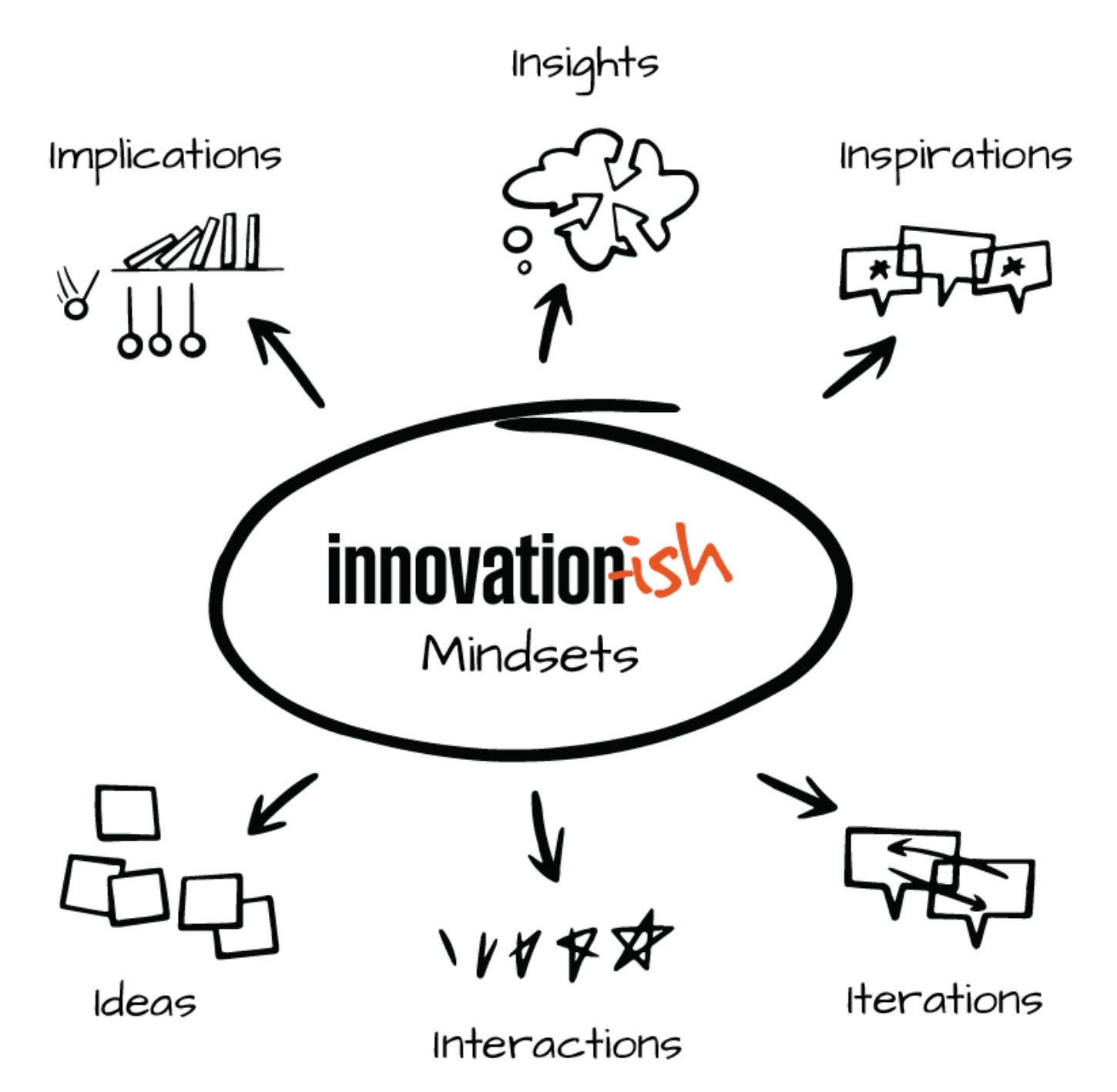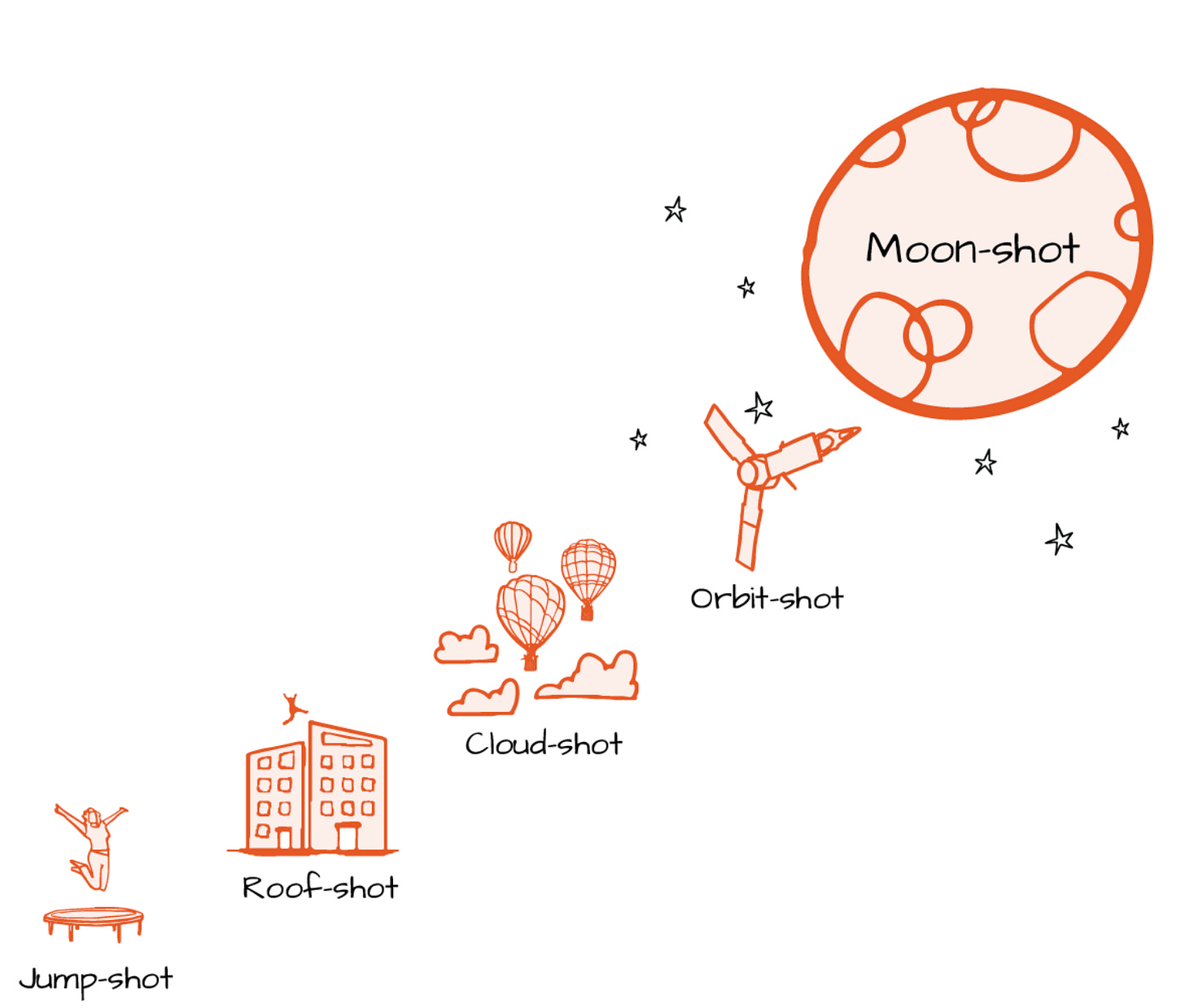One Human vs. the Robot Overlords
How an activist used innovation-ish mindsets to turn a roof-shot into global impact.
When Amazon announced its plan to buy iRobot, most analysts shrugged. Amazon doesn’t make vacuums, so where’s the harm? Regulators seemed to agree. It looked like the deal would sail through.
But one individual — a former student of Stanford’s d.school — saw the story differently.
From a single design class, she learned the mindsets of innovation: learning from others, discovering insights to reframe problems, and quickly creating prototypes to test the ideas through studying design thinking. These Innovation-ish Mindsets are shared by design thinking and all popular innovation and creative problem-solving methods. She didn’t leave those lessons in the classroom. She carried them into her activism, forging her own path forward.
Drawing on her experience leading computer vision and IoT teams at Ring, she recognized that the merger wasn’t about vacuums at all. It was about ecosystems: patents to strengthen Amazon’s warehouses, connected devices to expand its Sidewalk network, and data to deepen AWS’s dominance.
Based on that insight, she took a small step forward. She used a prototyping move to test her core idea to see if it resonated. She wrote a 50-page paper reframing the merger as a systemic threat and sent it to the European Commission. Within a week, the Commission responded and issued objections. A few months later, Amazon and iRobot abandoned the deal.
She was one person against one of the world’s most powerful companies, and the only way to succeed was to influence one of the largest regulatory institutions, the EU Commission.
At first glance, it looks like a moonshot, the kind of challenge that would take years of lobbying and armies of lawyers. But here’s the truth: it wasn’t a moonshot at all. It was a roof-shot — a well-aimed, achievable effort that produced a giant, system-level impact.
From Innovation-ish Mindset Lessons to Global Activism
She doesn’t call her work activism. She calls it design. “I’m simply designing level playing fields for new entrants,” she says.
That framing is no accident. It comes directly from the Innovation-ish approach of creating breakthrough solutions of all kinds from products to problems of power, policy, and fairness.
The Innovation-ish mindsets she practiced in class became the foundation for her activism:
Insights Mindset: Reframing the question. Regulators asked, “Does this harm competition in vacuums?” She asked, “Why would Amazon sell the vacuums at a loss?”
Iterations Mindset: Prototyping her perspective through the 50-page paper — testing whether her reframing would resonate.
Implications Mindset: Mapping system-level consequences, much like ecologists track how one change cascades through an ecosystem. She asked, “What ripple effects will this create across logistics, cloud, and IoT?”
Inspirations Mindset: Telling a story that regulators could act on. Instead of fighting a merger, she invited them to see a bigger picture of leveling the playing field.
Redefining What’s Possible
At first, the thought of taking on Amazon and the EU Commission might seem impossible. But her story proves that a breakthrough idea doesn’t always require moonshots. Sometimes, a targeted roof-shot based on the right insights can create global impact.
That’s the essence of being Innovation-ish: real people making small moves, intentionally chosen using the six innovation-ish mindsets, applied to the real world’s biggest challenges.
Moonshots will always inspire us. But as her story shows, never underestimate the power of a well-aimed roof-shot.
From Apathy to Action
Today, when global problems can feel overwhelming, we need more people who think this way. Policymakers, entrepreneurs, and activists can apply Innovation-ish mindsets to uncover hidden consequences, frame problems differently, and make small moves that build momentum.
What’s the big challenge you want to take on, but feels too big. You don’t need an army of lawyers or infinite resources to make change. You just need to change your mindset and think differently. Then, you can take your shot.





